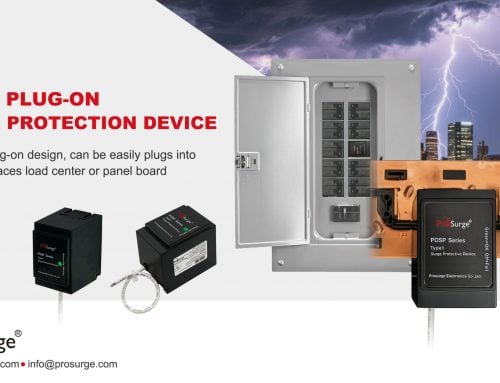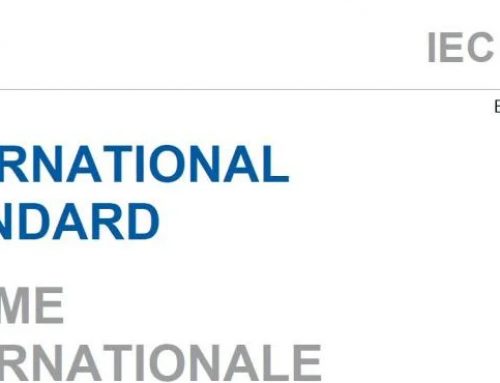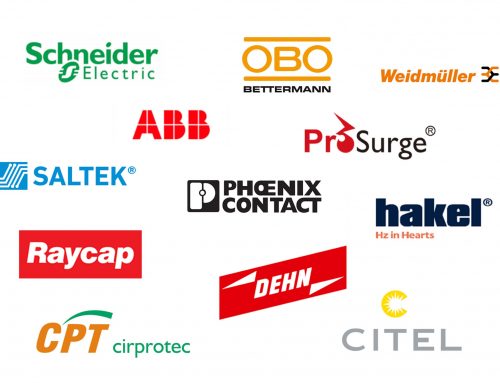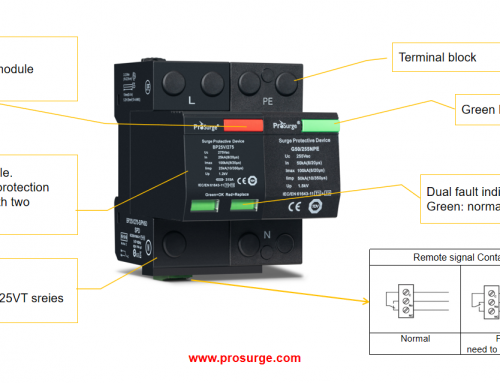Understanding OCPD Selectivity: The Foundation of System Reliability
In modern electrical installations, selective coordination between overcurrent protective devices (OCPD) is paramount for both safety and operational continuity. But what exactly is OCPD selectivity? Simply put, it’s the precise coordination of protective devices—such as circuit breakers (MCB, MCCB), fuses, and specialized solutions like Prosurge SCB—ensuring that only the device closest to a fault trips. This isolates the problem while keeping the rest of the electrical distribution system operational, minimizing downtime and enhancing electrical safety.
Why Proper Selectivity Matters:
- Prevents Nuisance Tripping:Avoids unnecessary shutdowns of healthy circuits.
- Improves System Reliability:Maintains power to critical loads during faults.
- Enhances Safety:Reduces arc flash risks by localizing fault clearance.
- Simplifies Troubleshooting:Clearly identifies the fault location.
Methods for Ensuring Selective Coordination:
Achieving reliable OCPD coordination hinges on meticulous comparison of time-current characteristics (TCC curves). Key principles include:
1.Circuit Breaker vs. Circuit Breaker/Fuse Coordination: When coordinating devices (e.g., an upstream MCCB and a downstream fuse, or two thermal-magnetic breakers), their tripping curves must be analyzed.
2.Critical Safety Margin:A sufficient time gap must exist between the curves:
≥ 1 second is generally recommended for thermal-magnetic breakers.≥ 100 milliseconds (ms) is typically required for breakers with electronic trip units.
3.Manufacturer Guidance: Always consult specific OCPD manufacturer documentation for detailed selectivity tables and application notes. Proper electrical protection coordination is complex and device-specific.

Optimizing SPD Protection: The Prosurge SCB Advantage
Surge Protective Devices (SPDs) are vital for safeguarding equipment against transient overvoltages caused by lightning strikes and switching surges. However, SPDs themselves require robust overcurrent protection. Traditional solutions like standard backup fuses or circuit breakers often face a dilemma:
Challenge: Balancing the need to withstand expected surge currents (avoiding nuisance tripping) with the need to react instantly to dangerous short-circuit currents or abnormal leakage current.
Prosurge SCB: Engineered Selectivity for SPDs
The Prosurge SCB (Surge Protective Device Circuit Breaker) is specifically designed as a backup OCPD for SPDs, offering superior performance:
Fully Coordinated Protection: Pre-engineered to match the characteristics of specific SPD models, ensuring reliable selective coordination within the electrical system.
Optimal Balance:
1.High Surge Withstand: Remains closed during normal surge events (Iimp, In).
2.Ultra-Fast Fault Clearing: Reacts sharply to potentially destructive short circuits or leakage currents.
Enhanced System Uptime: Prevents unnecessary tripping of upstream main circuit breakers or distribution boards, maximizing power system reliability.
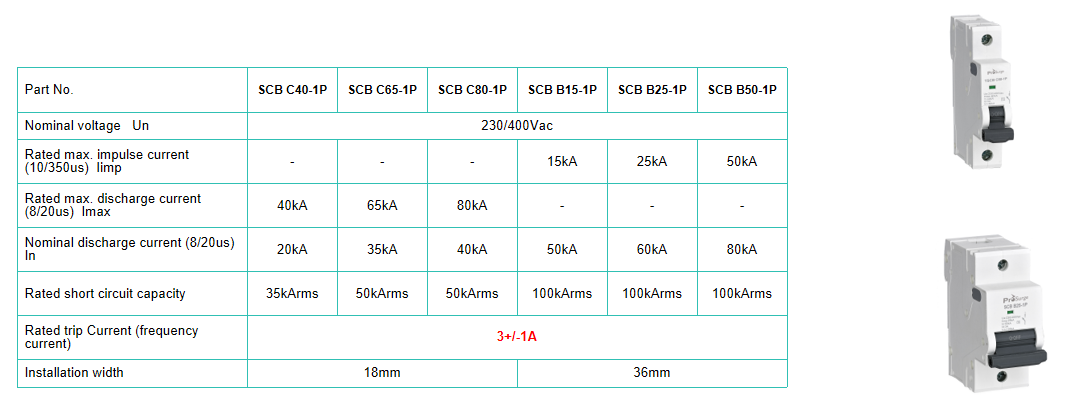
Datasheet of SCB
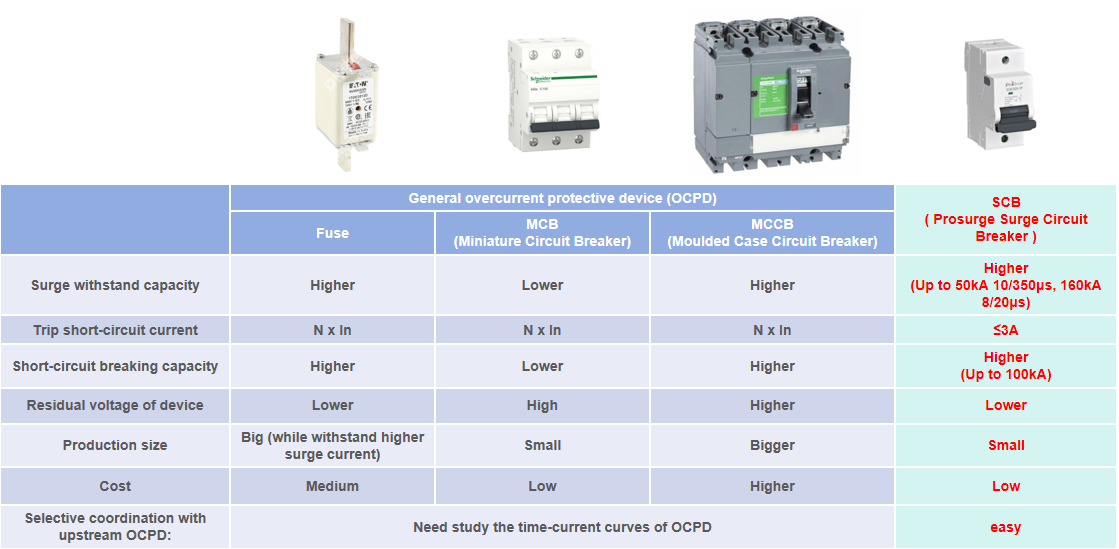
Comparison of OCPD: Fuse,MCB,MCCB,SCB
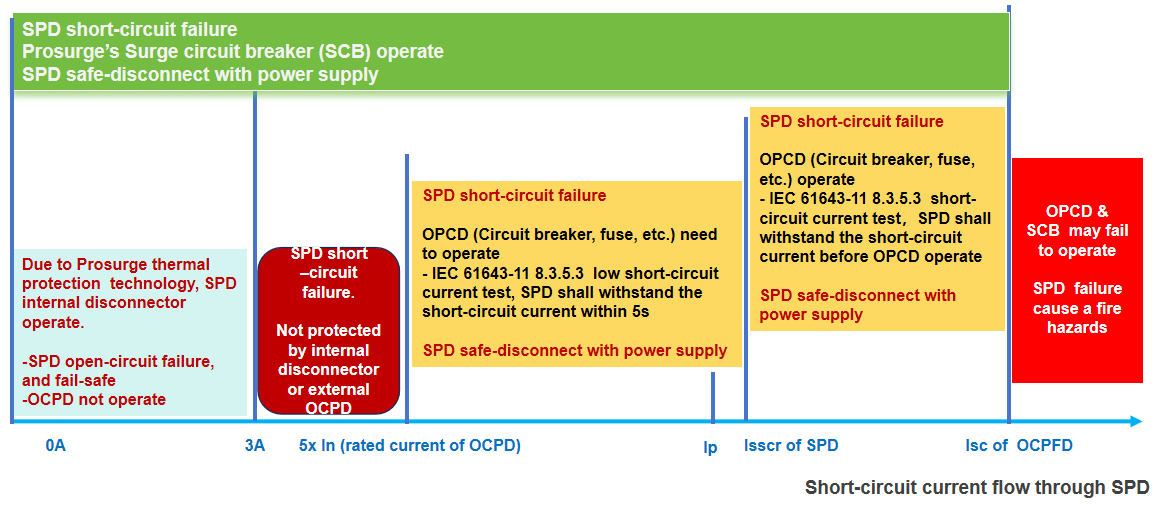
Protective range of CB, fuse and SCB
Conclusion: Selectivity is Non-Negotiable for Safety and Uptime
Achieving optimum selectivity between overcurrent protective devices is fundamental to designing safe, reliable, and efficient electrical power systems. Whether utilizing traditional fuses, MCBs, MCCBs, or advanced, application-specific solutions like the Prosurge SCB for surge protection devices, adherence to coordination principles and recommended safety margins is essential.
Investing in proper OCPD coordination:
- Reduces electrical hazardsand arc flash risk.
- Minimizes costly downtimeand equipment damage.
- Ensures compliance with electrical safety standards(e.g., IEC, NEC).
- Protects critical infrastructure from power quality issuesand transient events.
For detailed technical implementation guidance on protective device coordination, fuse selection, circuit breaker settings, or integrating Prosurge SCB into your SPD protection scheme, always consult the specific OCPD manufacturer’s technical manuals and application guides. Prioritizing selectivity is an investment in the resilience and safety of your electrical installation.
